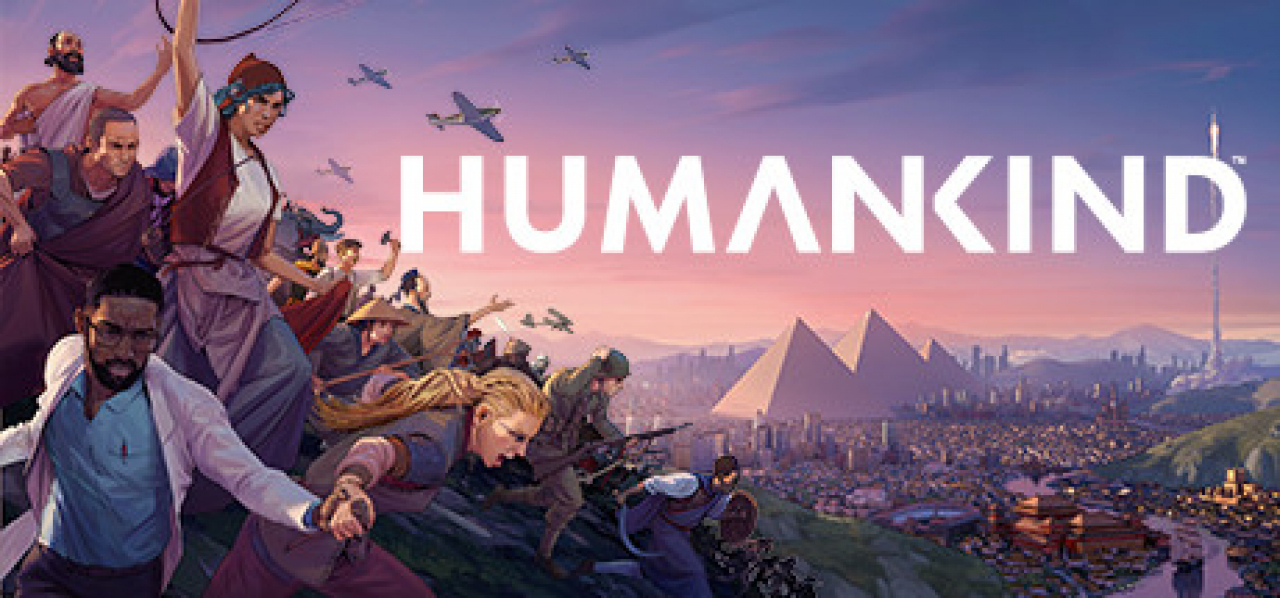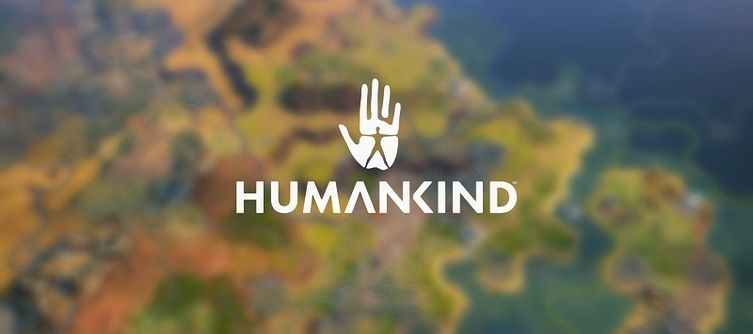

O Must be flagged as a continent or as an ocean Ocean territories can be bigger than continents. O Not too big, not too small (roughly 50 tiles for a Continent Territory). Territories must follow these constraints:.


Every player must have a starting point in every version of the map.All the strategic resources must be placed.

Your map should be showing in the viewport, time to customize it and make it playable! In this example, this is the Humankind_Tutorial_Map_Palete.PNG file.Ĭlick on Import to complete the process. In the “Palette” area, select your palette. In this example, this is the Humankind_Tutorial_Map.PNG file. In the “Source” area, select your heighmap. Once your two files are in the Documents/Humankind/Maps, launch the editor and click on the “Import button”. You can simply pick the colors from your heightmap and drop them in the corresponding square on the palette. To create a palette from your heightmap, you can use the Humankind_Sample_Palette.png file and replace the colors by the ones in your heightmap, the fifth color being the floor level “0”. There are 16 height levels, from –3 to 12, 0 being the first land level (-1 is the sea level).Ĭolored map and palette, with only 7 levels defined, from -1 (deep sea) to 5 (mountains). The two images must be in PNG and placed in the Documents/Humankind/Maps folder.ĭepending on the map size, your heightmap image should have a 2:1 ratio. The palette, a reference image which will be used by the Map Maker.The heightmap itself, with clear colors or shades to define each height.The HUMANKIND map editor allows you to import heightmap images to automatically generate a terrain. To place a Natural Wonder, select the “Natural Wonder” button on the menu, then click on the Wonder you wish to place, hover the area where you wish to place it, then click the middle-mouse button to place it. Select the element you wish to place, hover the area where you wish to place it, then click the middle-mouse button to place it. To place a Point of Interest, select the “Point of Interest” button on the menu, then click on the category you wish to place: Resources Deposit or Natural Modifiers. You can connect two rivers by dragging a river to another one. To place a river, select the “River” option in the menu, then do a middle click on the map where you want the river to start, and drag it to a coast or a lake. You can also hover a tile in the terrain, then use the W and X shortcuts to adjust the tile’s height. Then hover the tiles you wish to adjust and click the middle-mouse button. To adjust the height of your tiles and add depth to your map, select the “Height” button on the menu and a height (0 = floor level, -1 = sea level). You can adjust the size of your brush by moving the cursor on the top of the screen or using the B and N shortcuts. You can also click the right-mouse button on an existing tile, hold it and move it across your map to draw this tile wherever you want. Move your cursor on the viewport and click the middle-mouse button to place it. Minimize the UI (for example: to take shiny screenshots of your map)Ĭlick on the “Tile” button on the menu and select a tile type (forest, prairie…). Ctrl + right click & drag: select a rectangle of tilesġ9.Right-click on a tile and maintain the right-click while moving the mouse to duplicate the tile, you can “draw” a tile this way Right click: Pick the value of the hovered tile.Note: in the current version of the editor, this is the only way to load a map. Load one of the preset maps (Tiny, Small, Normal, Large and Huge size).Launch the editor with the default map by clicking on “Launch Editor”.In the Main Menu, go to “Extras”, then “Community” and “Map Editor”
Humankind mode manual#
Here is the manual to guide you in the map editor tool of Humankind.


 0 kommentar(er)
0 kommentar(er)
